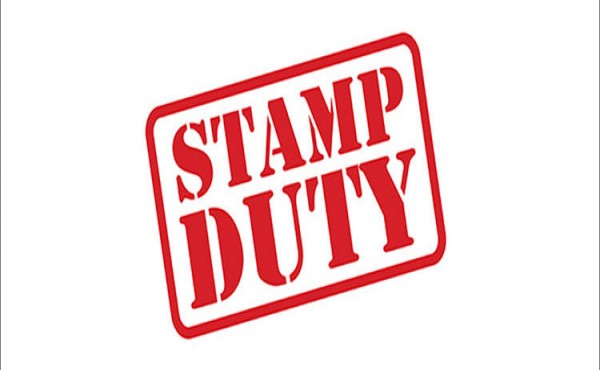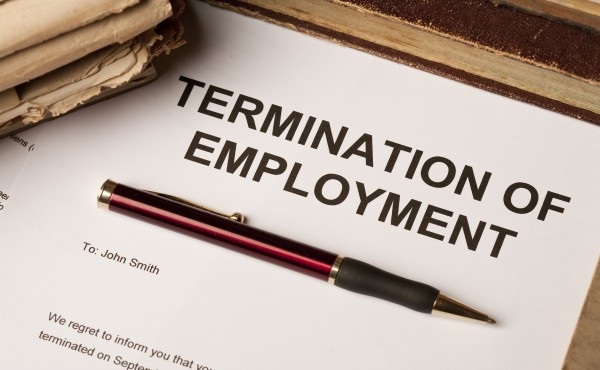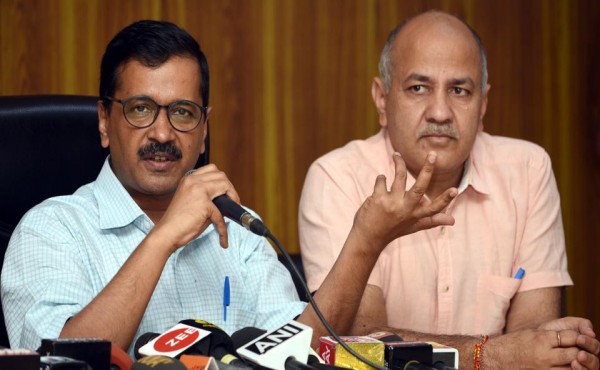DISMISSAL, DISCHARGE, TERMINATION AND RETRENCHMENT OF AN EMPLOYEE AND EFFECT OF AMENDMENT TO SEC. 2A UNDER INDUSTRIAL DISPUTES (AMENDMENT) ACT 2010
Dated: September 14, 2018
INTRODUCTION
Many a times, it is an inevitable decision for a company and its management authority to take the recourse of dismissal and discharge. It is a dreadful experience for the employee as well as the employer. Until and unless there is some flaw in the service provided by the workmen, or has done something contrary to the rule of company or any other law in force, the employer cannot discharge the employee. When an employee becomes stagnant in his nature of work, the law provides for ways to discharge or dismiss him from service. The procedure mentioned in the act must be followed or else the retrenchment is ultra vires in nature.
The growth of any country totally depends on the Industrial Development in it, and one of the factors which is very important in regulating the industrial development of a country is the Industrial and the Labour laws prevailing in it. The Indian Labour law is one of the most complicated and restricted among all other labour laws over the world. The laws related to the hiring and firing a employee are so complicated that they in-fact restrain the employer to discharge a employee at their will. This affects the growth of the company and eventually if we take into account all such employees in every company it does hamper the growth of the economy in the country.
INDIVIDUAL DISPUTE AS INDUSTRIAL DISPUTE
Under the Sec. 11A of the Industrial dispute act, the labour courts, tribunals and national tribunals have jurisdiction to adjudicate upon the issue which is related to the labour laws prevailing in the country. This section empowers the court to set aside the order of dismissal or discharge of the employee by the employer if the order was not justified and direct reinstatement of the employee or any other such relief.
The section 2-A, which in a way is related to the retrenchment, dismissal and discharge of an employee has been recently amended, allowing the affected employee to seek a relief in to the court (labour Court, National Tribunal). This relief mentioned in the amendment can be claimed after the three months of dismissal.
The main objective of the legislature behind enacting of Section 2-A is to invest the right of relief in an individual workman, against the discharge, dismissal, retrenchment or otherwise termination of his service, when such dispute was not sponsored by other workmen or the union. Contrary to the current situation, before the amendment the individual dispute arising out of discharge was not treated as Industrial Dispute.
Section 2-A does not amend the definition of ‘industrial dispute’ under Sec. 2(k), all it does is that it enables the workman (individual) to raise an industrial dispute, notwithstanding, that no other employee is party to the dispute.
Before Sec 2-A was enacted into the Industrial Dispute Act by the Parliament, the dispute of retrenchment or discharge could not be taken into as an industrial dispute as defined under Section 2(k) of the Industrial Dispute Act, which defined ‘industrial dispute’ as, “ “industrial dispute” means any dispute or difference between employers and employers or between employers and workmen, or between workmen and workmen, which is connected with the employment or non- employment or the terms of employment or with the conditions of labour, of any person ;” The words used here are workmen which implies that, when it is a dispute of workman, i.e. an individual it was not an industrial dispute. The above mentioned definition as mentioned in Sec. 2(k) was also upheld by various courts conveying that, an individual dispute cannot be treated as industrial dispute .
Now when this section was enacted i.e. 2-A the workman who was discharged or suspended or retrenched has a remedy to approach the court under the Industrial Dispute Act without the support of his fellow workman or trade union. But this section is very specific and explicit in nature of its definition. It is applicable only to the disputes arising out from the dismissal, retrenchment or discharge of workman and not other ground.
2010 AMENDMENT TO THE INDUSTRIAL DISPUTE ACT
By the 2010 amendment to the Industrial Dispute Act, Sub Section 2 was inserted to Sec. 2-A, which goes as follows,
“Notwithstanding anything contained in section 10, any such workman as is specified in sub-section (1) may, make an application direct to the Labour Court or Tribunal for adjudication of the dispute referred to therein after the expiry of forty-five days from the date he has made the application to the Conciliation Officer of the appropriate Government for conciliation of the dispute, and in receipt of such application the Labour Court or Tribunal shall have powers and jurisdiction to adjudicate upon the dispute, as if it were a dispute referred to it by the appropriate Government in accordance with the provisions of this Act and all the provisions of this Act shall apply in relation to such adjudication as they apply in relation to an industrial dispute referred to it by the appropriate Government. (3) The application referred to in sub-section (2) shall be made to the Labour Court or Tribunal before the expiry of three years from the date of discharge, dismissal, retrenchment or otherwise termination of service as specified in sub-section(1).”.”
This act has though has conferred a direct right over the employee to sue the employer in case of illegal termination or discharge or dismissal, but also has created an adverse effect on the employers. The employers are now directly subjected to the adjudication of the court. Before this section was enacted, after dismissal or discharge of the employee, it was necessary to approach the conciliation officers for mediation or peaceful settlement. Now the number of people approaching the conciliation officers and the trade union (who used to negotiate and mediate to solve with the employer) has gone down due to enactment of this section.
Involvement of the judiciary creates pressure on the employer and also consumes a tremendous amount of time as compared to the mediation and conciliation. According to a study conducted (by Prof. Rahul Sapkal) Number of pending cases with regard to Section 2-A after the 2010 amendment has increased over the years.
CONCLUSION
In various developed countries solution such as alternative dispute resolution are promoted to disputes arising between the employer and employee. India in its developing phase and under the current capitalism regime should focus more on the production and create employer friendly laws. Before the adjudication of the court other methods for redressal of the issue should also be taken in to consideration.
Top Stories

Adultery no longer a Criminal offence says Supreme Court...
September 29, 2018
Stamp Duty on transfer of Shares and Debentures
September 14, 2018
SHEDDING LIGHT ON SECTION 353 OF INDIAN PENAL CODE (IPC)
March 13, 2022
DISMISSAL, DISCHARGE, TERMINATION AND RETRENCHMENT OF AN...
September 14, 2018
Are Adultery Laws Biased in India
August 13, 2018



